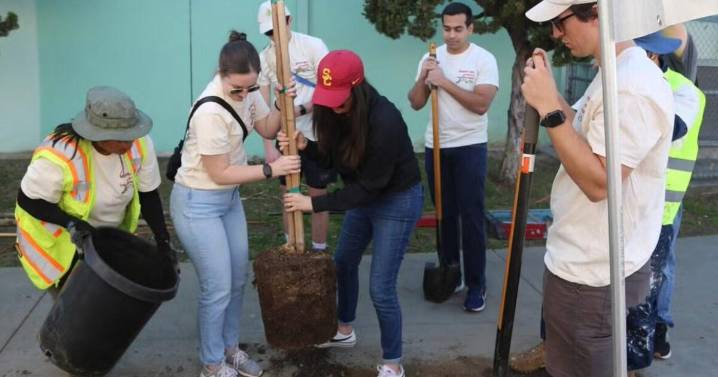As heat waves grow longer and more intense across Southern California , the absence of shade is becoming a serious public health concern — but vast stretches of Los Angeles remain dangerously exposed.
Research shows shaded areas can have a “heat burden” — a combined measure of temperature, humidity and wind — up to 68–104 degrees less than nearby sun-exposed areas. Quality shade can also reduce UV radiation exposure by up to 75% and help prevent up to 50% of emergency-room visits during heat events .
With the 2028 Olympics and other global events set for L.A. on the horizon, a coalition of universities, nonprofits and local agencies has launched ShadeLA , an initiative to expand cooling infrastructure across the city. Led by USC Dornsife Public Exchange — a program

 Los Angeles Times Environment
Los Angeles Times Environment

 America News
America News Associated Press US News
Associated Press US News Aljazeera US & Canada
Aljazeera US & Canada FOX 51 Gainesville Crime
FOX 51 Gainesville Crime MLB
MLB Just Jared
Just Jared